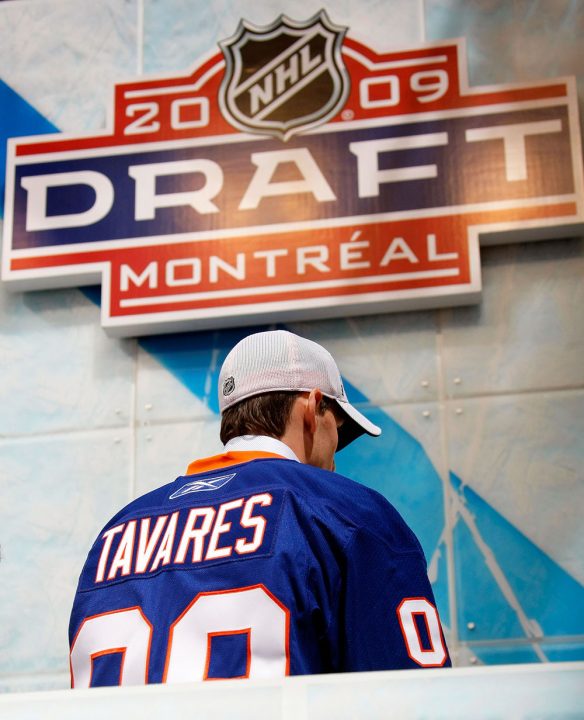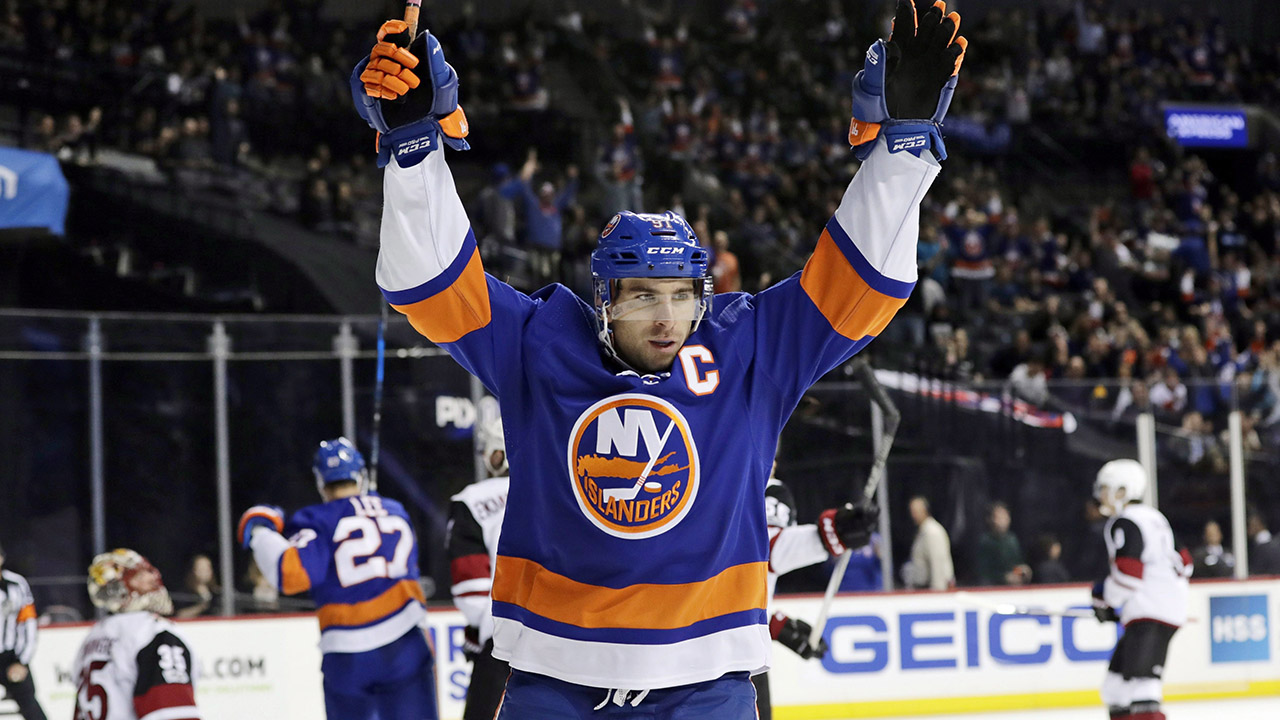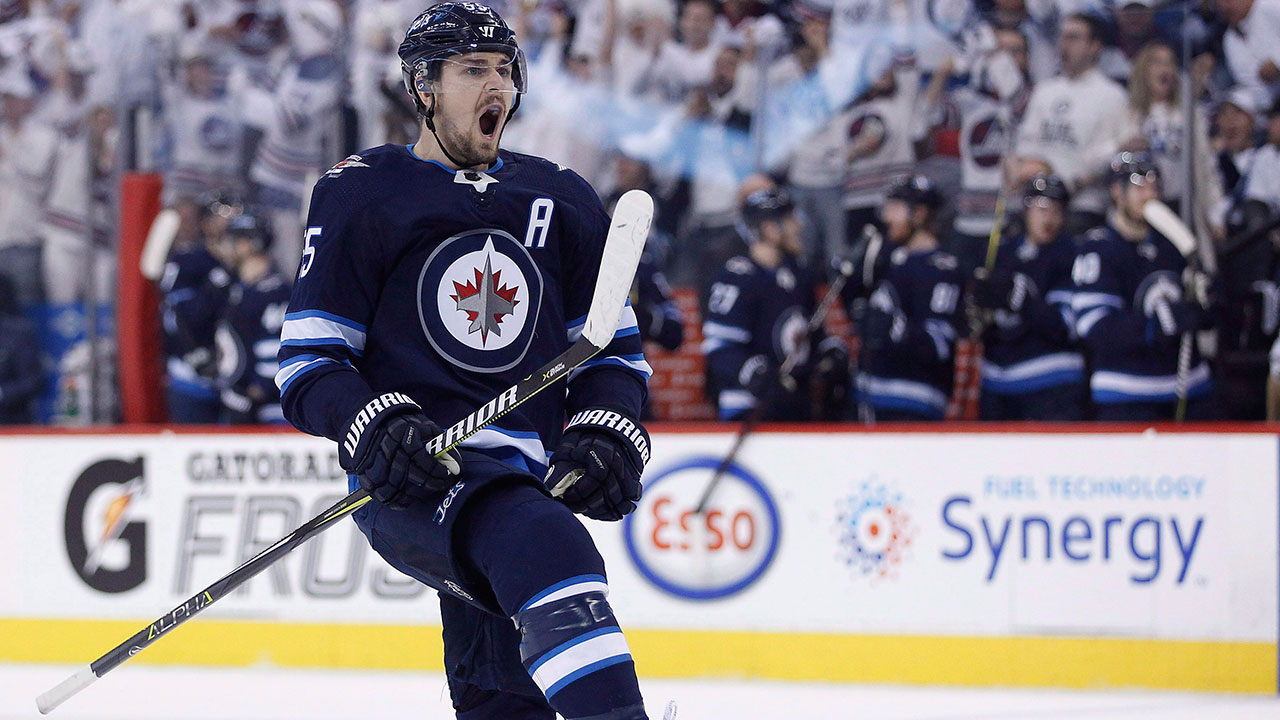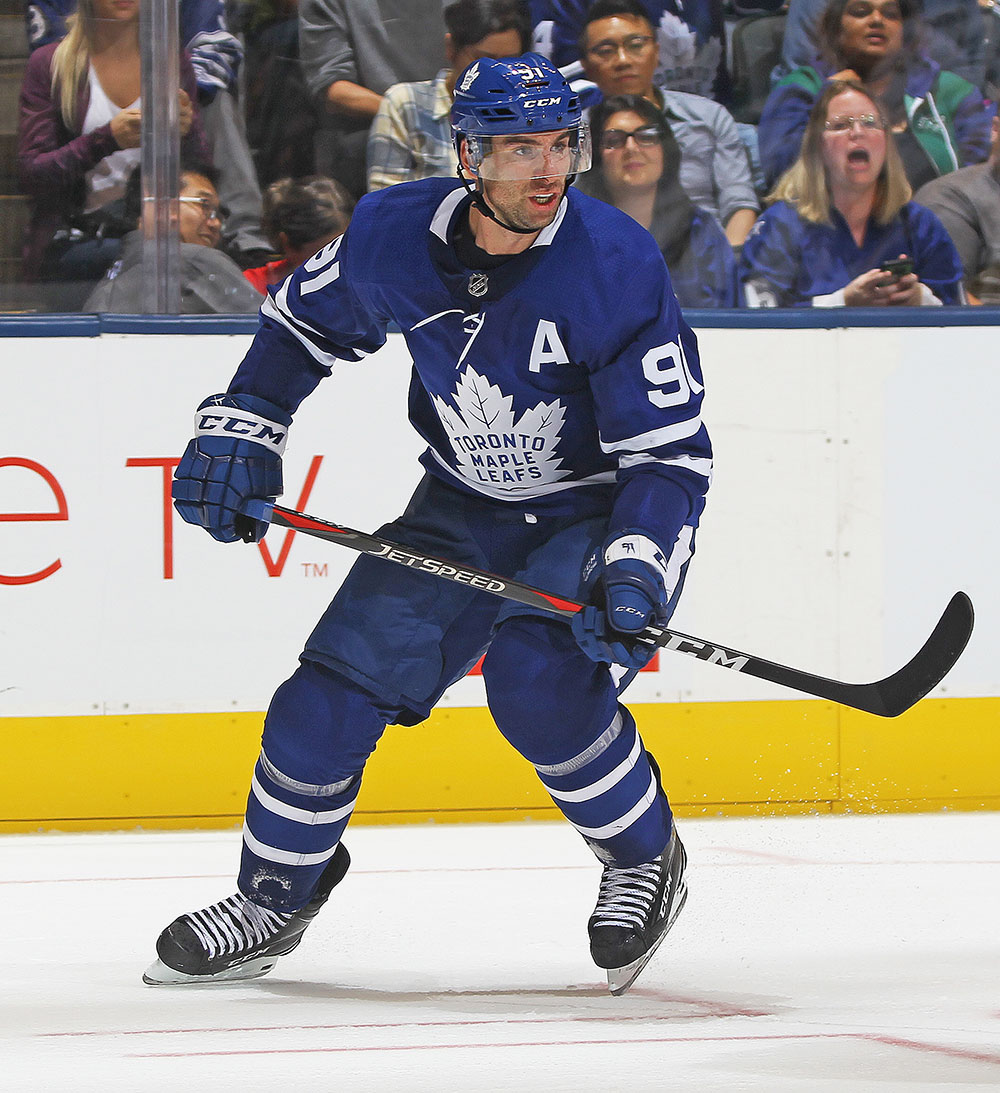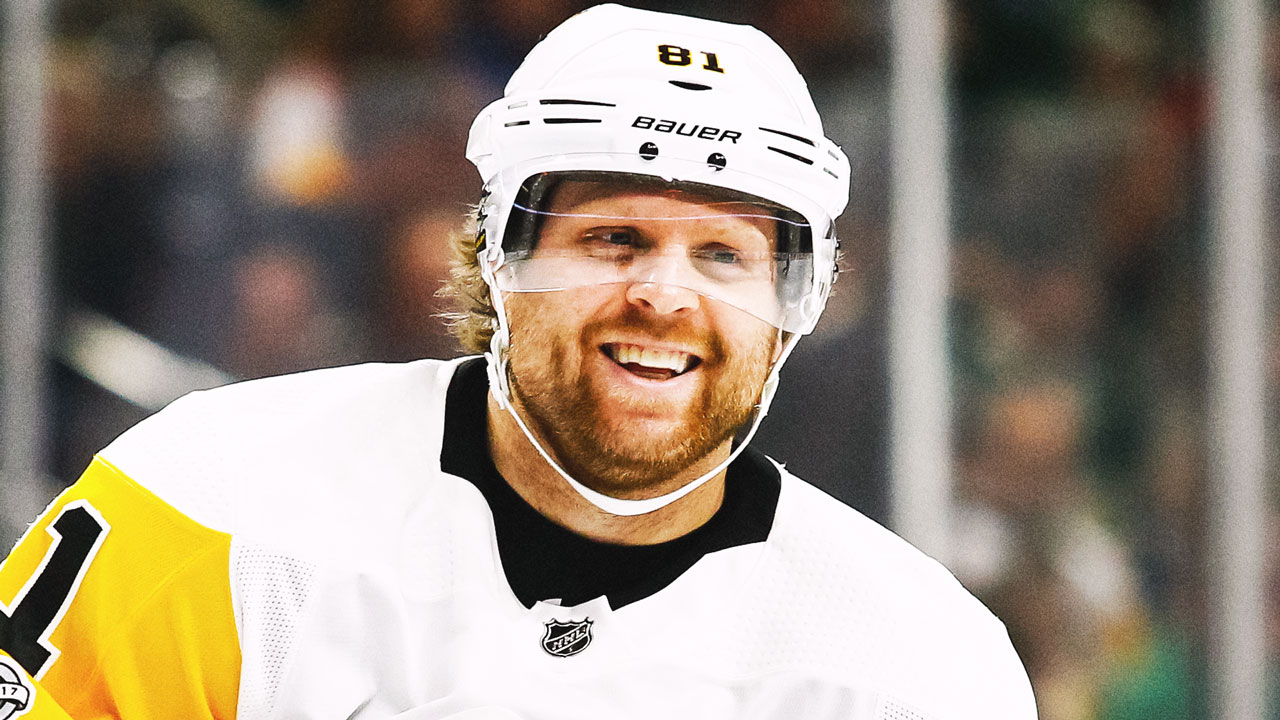On the morning of Mon., June 25 — the day after the free-agency window opened — Tavares was in Los Angeles with Brisson.
“Initially, John wanted only three meetings,” the agent says. “He felt that preparing, listening and breaking them down after would take so much time he couldn’t do more. But we felt that wasn’t enough.”
Some hopefuls were rejected. One GM says he was told his team could pitch, but that they weren’t going to be in the mix. He passed. As you know by now, the final meeting schedule included Toronto (Mike Babcock, Kyle Dubas, Brendan Shanahan) followed by the Islanders (Lamoriello and Trotz) on the Monday; San Jose (Pete DeBoer, Hasso Plattner, Doug Wilson) and Boston (Bruce Cassidy, Cam Neely, Don Sweeney) on Tuesday; Dallas (Jim Lites,
Jim Montgomery, Jim Nill) and Tampa Bay (Julien BriseBois, Jon Cooper, Steve Yzerman) on Wednesday. Vegas did a presentation by phone.
Tavares’s trusty notebook was there, and it got a workout. Aryne was in every meeting as well. Some of the teams indicated their research told them to make sure she was part of the pitch. Tavares wanted her to see everything first-hand so she would understand his decision. “I had just gone through that with my own hiring, having my wife (Shannon) as an important sounding board,” Dubas says. “I knew how important that element was. My wife is vocal; so is Aryne. I know the impact it would have on John, even though his situation is much more important than mine was. Wherever they were going, they were both coming in together.”
The various delegations were impressed with the quality of conversation. “He asked us about our power play, breakouts, neutral-zone play, sports sciences — everything you’d want a player to care about. When we walked out, I said, ‘If he doesn’t pick us, we’ve just told him all of our secrets,’” one executive laughed.
Boston, Dallas and Vegas were considered the longshots. Tampa Bay’s representatives stressed their team’s quality, pointing out that the favourable tax situation in Florida would overcome the fact they couldn’t pay Tavares the same base salary he’d get elsewhere.
The Islanders continued their recruitment, with Tavares getting to meet Trotz face-to-face. I’ve never figured out what kind of contract they offered, but assume it was in Connor McDavid territory.
San Jose had the only owner show up, and that impressed Tavares. It took Plattner two-and-a-half hours to drive from where his plane landed to the meeting. Wilson doesn’t like being called a great salesman — “I don’t think it’s selling to talk about how proud we are of what we’ve built here” — but if you’ve ever seen Glengarry Glen Ross, you’ll know that he is allowed to drink coffee, because coffee is for closers.
Wilson wouldn’t discuss San Jose’s pitch, but word is he told Tavares, “You are the final piece for us.” It has also been rumoured (but never confirmed) that the Sharks were willing to pay $13.5 million per year for seven years. “That was a confident group,” one source says. “They felt they were the best option for John, and they showed it.”



